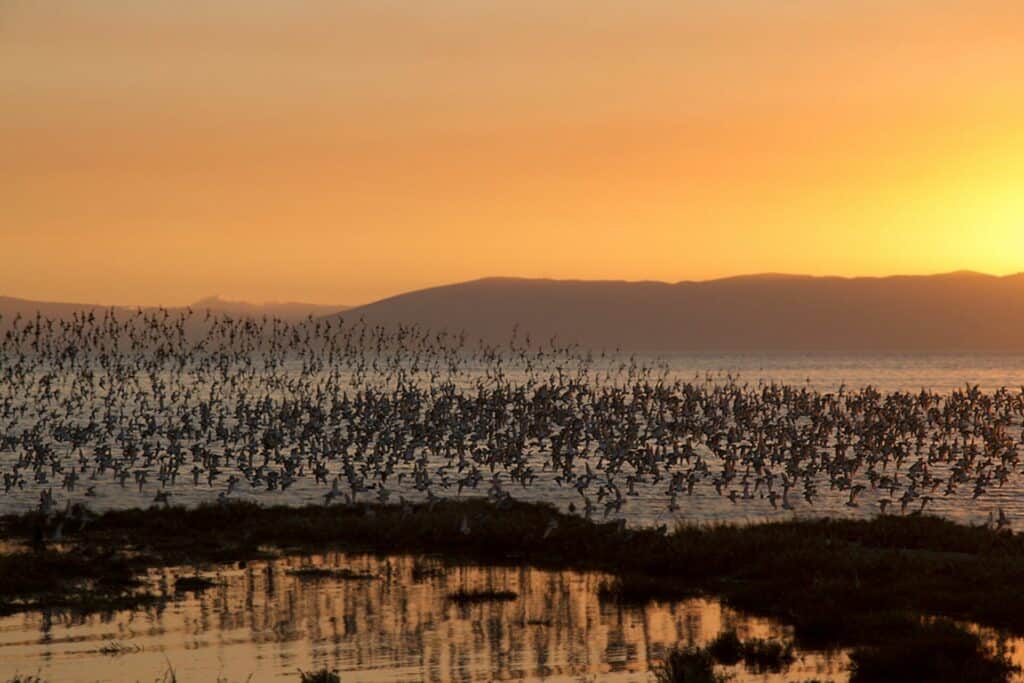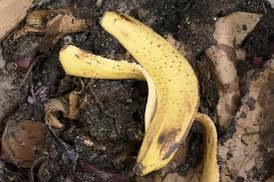A Day in the Life of a Climate-Friendly Birder
By Joyce Mercado
We all love observing and identifying birds. What joy birds bring us! We naturally want to protect what we love. With that said, climate change is a big threat to birds. When we use fossil fuels like coal, oil, and natural gas for energy, we release carbon dioxide into the atmosphere. This excess carbon dioxide acts like a heat-trapping blanket, warming our air, land, and sea. A change in our climate results in a movement of food supplies for birds, a disruption of established migratory patterns, and a loss of critical habitats that serve as breeding and feeding grounds. Audubon’s research shows that two-thirds (389 out of 604) of North American bird species are at risk of extinction from climate change.

The good news is that science also shows that if we act now, we can help improve the chances for 76% of species at risk. What can one birder do to help protect the climate and thereby help protect our feathery friends? Climate change can seem to be an overwhelming challenge, but there is a lot birders can do individually to protect the climate.
Let us look at a day in a birder’s life. You are planning a trip with a friend to go birding. After your cup of bird-friendly coffee (check out Golden Gate Bird Alliance’s bird-friendly coffee club for an easy way to buy shade-grown organic beans), the first thing to sort out is transportation. Perhaps you can bike or walk to a favorite birding spot for a zero-emissions trip, if it is close enough. If that is not feasible, carpooling with your friend cuts trip emissions in half. Even better if one of you has an electric vehicle. You have recently checked your tire pressure to improve mileage by as much as three percent. And you are not hauling around a bunch of stuff in your vehicle that you do not need on a regular basis, since that hurts gas mileage.

Pack your lunch and snacks in a reusable lunch bag with reusable silicone baggies or beeswax wrap. The less single-use stuff we use the better, because all consumer goods generate emissions in their manufacture, shipping, and disposal. The most climate-friendly lunch will be mainly plant-based, since fruits, vegetables, grains, nuts, legumes, bivalves, and small ocean fish produce less emissions than meat, dairy, or other seafood products. (Here’s more about a “climatarian” diet.) Don’t forget your reusable water bottle filled with tap water. Plastic water bottles are not the way to go, since even if you recycle the plastic bottle, it takes a lot of energy – with associated emissions – to ship water bottles.
After setting out with your friend for a delightful morning of birding, you stop for your delicious picnic lunch. When finished, you’ll pack out your banana peel, apple core, and other organic leftovers (maybe in a now-empty baggie) to put in your compost bin when you get home. Organic material in landfills creates methane, a powerful heat-trapping gas, so it is critical to compost rather than toss it in the nearest garbage can.
After an afternoon of birding, you carpool, bike, or walk home. 
Delighted by the birds you saw, you feel inspired to do more. Are you a member of the Golden Gate Bird Alliance? If not, you join us to support our work to protect the climate and birds. Perhaps you donate to make an additional impact. You check out what habitat restoration projects are happening on our website to volunteer another day. Restoring wetlands is a great way to protect the climate, since they are very effective at sequestering carbon.
For more ideas on what you can do to protect the climate, such as contacting your government representatives about climate protection, getting a home energy audit, electrifying your appliances, and more, see Golden Gate Bird Alliance’s climate protection checklist. Let’s all do our part to protect the climate and save the birds we love!
Joyce Mercado is a longtime Golden Gate Bird Alliance member and Climate Committee volunteer.
